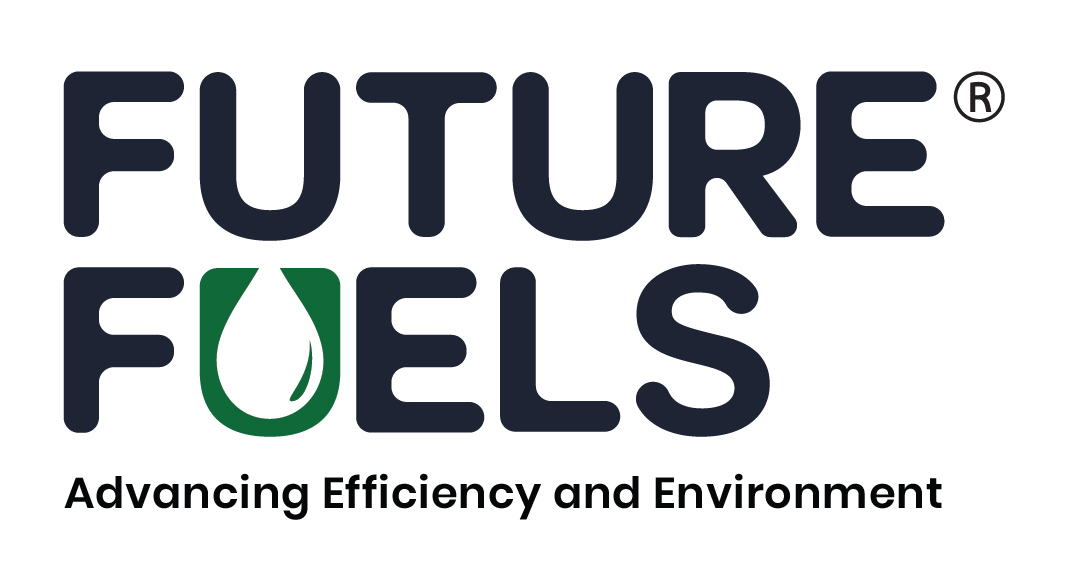The International Energy Agency (IEA) predicts that global oil demand will peak by 2029, after which it will gradually decline as renewable energy sources become more prevalent. This forecast aligns with the global push toward cleaner energy and the increasing adoption of renewable technologies.
Contrarily, the Organization of the Petroleum Exporting Countries (OPEC) anticipates that oil demand will continue to grow, projecting an increase of 25 million barrels per day through 2045.
OPEC argues that dismissing the long-term need for oil is “dangerous” and warns that expecting an imminent peak in oil demand could lead to power shortages and unprecedented fluctuations in the energy sector.
The IEA disagrees with OPEC’s outlook, cautioning instead about a potential upcoming surplus in oil supply. According to the IEA, once oil demand peaks, supply will quickly outpace demand.
IEA data suggests that by 2030, total oil production capacity will reach nearly 114 million barrels per day, which is 8 million barrels per day higher than the projected global demand. This surplus could drive oil prices down to as low as $60 per barrel, marking the most significant price drop since the Covid-19 pandemic.
Tags: IEA, Oil, OPEC



Recent Posts
Port of Brisbane Unveils Vision 2060 to Drive Smarter, Cleaner, and More Connected Future
Wärtsilä to Deliver Hybrid Propulsion Systems for Vertom Group’s New Low-Emission Vessels
Latvian port receives electric Konecranes Gottwald Mobile Harbor Crane
Sustainable Ocean Economy Vital for Human Development, Says UNDP at UN Ocean Conference
Green Hydrogen Costs in India Could Drop by 40%, Says IEEFA-JMK Report
Cavotec Secures €1.55 Million Shore Power Contract for Port of Antwerp-Bruges
APM Terminals and SANY Marine sign landmark agreement to accelerate decarbonisation
The Port of Gothenburg takes big step towards shore power connection for container and car/RoRo vessels